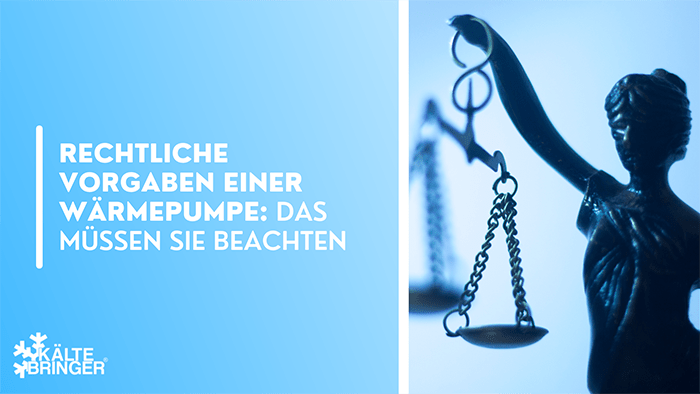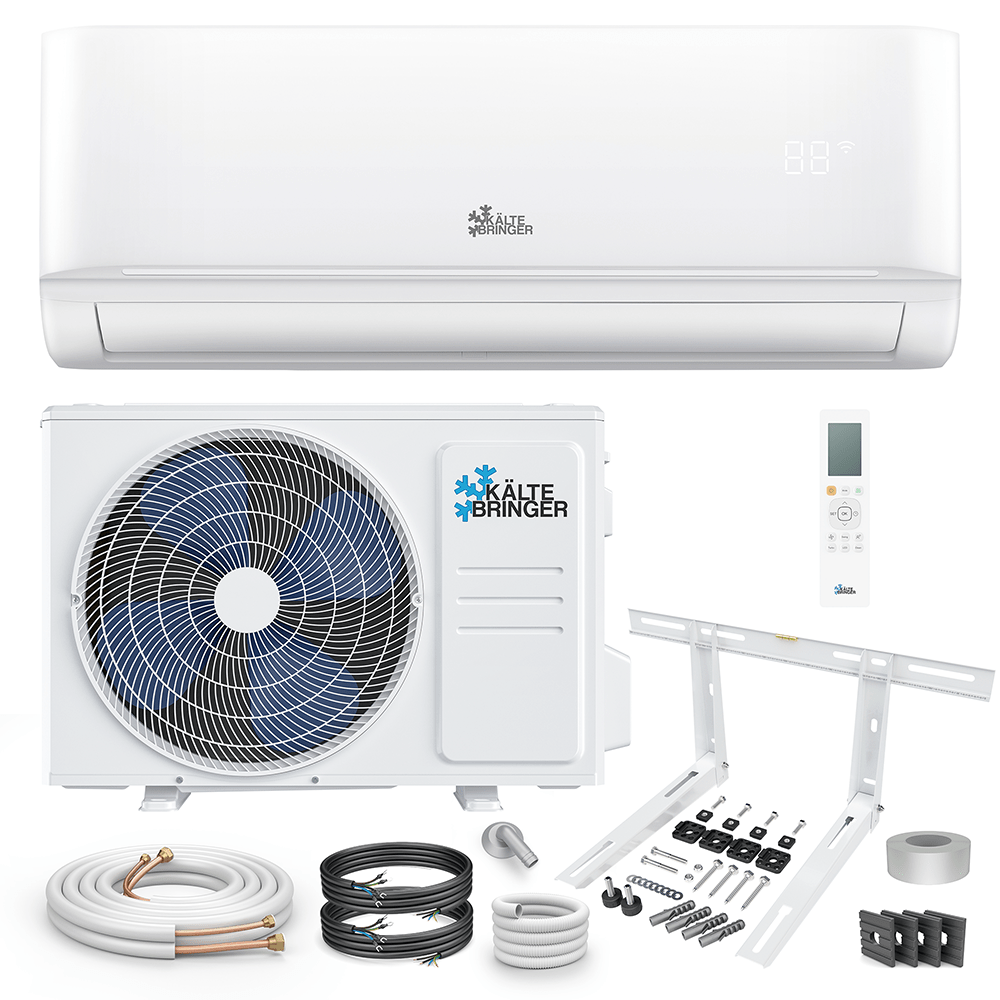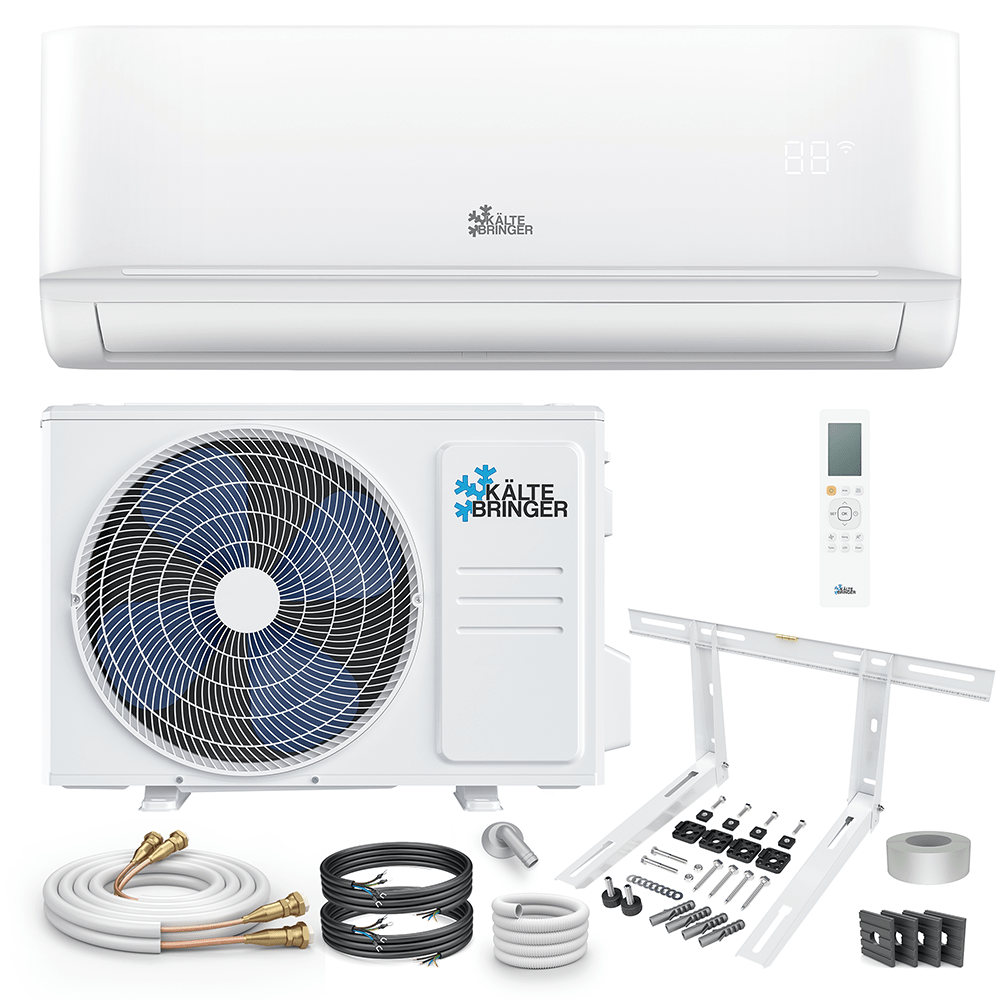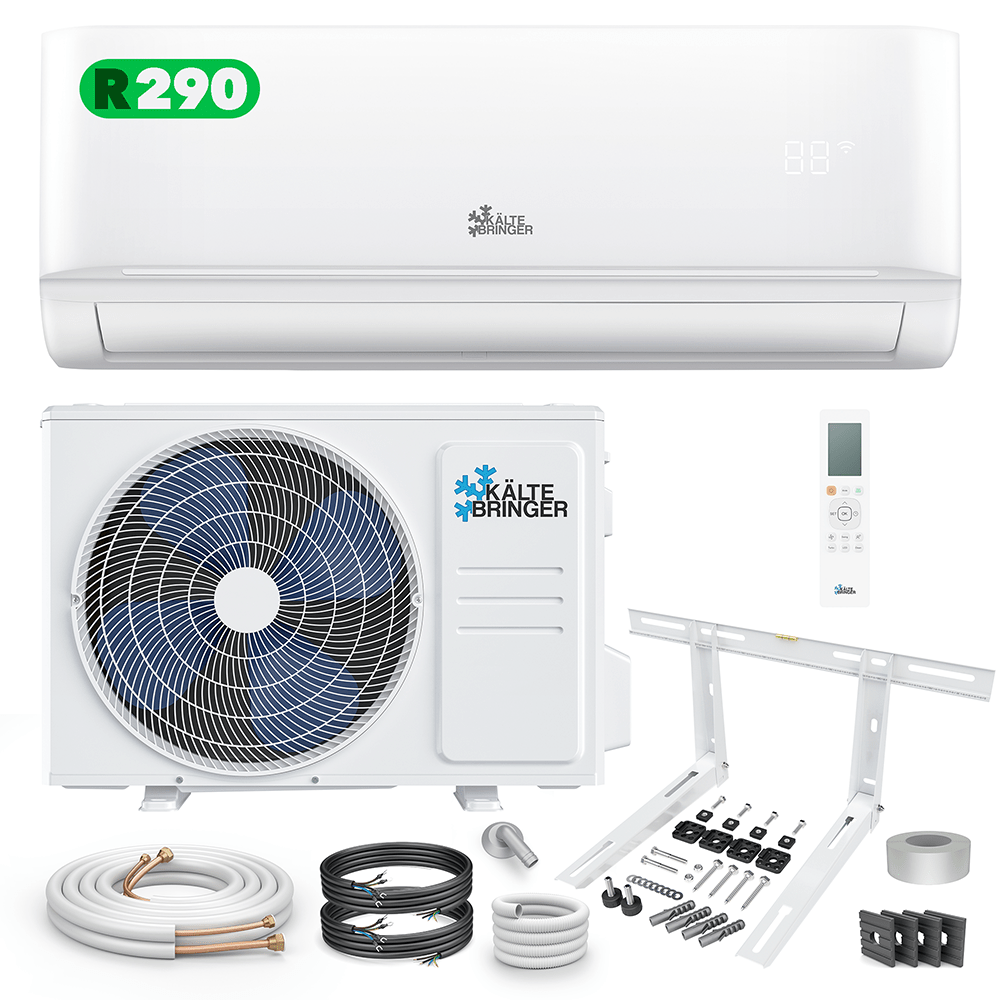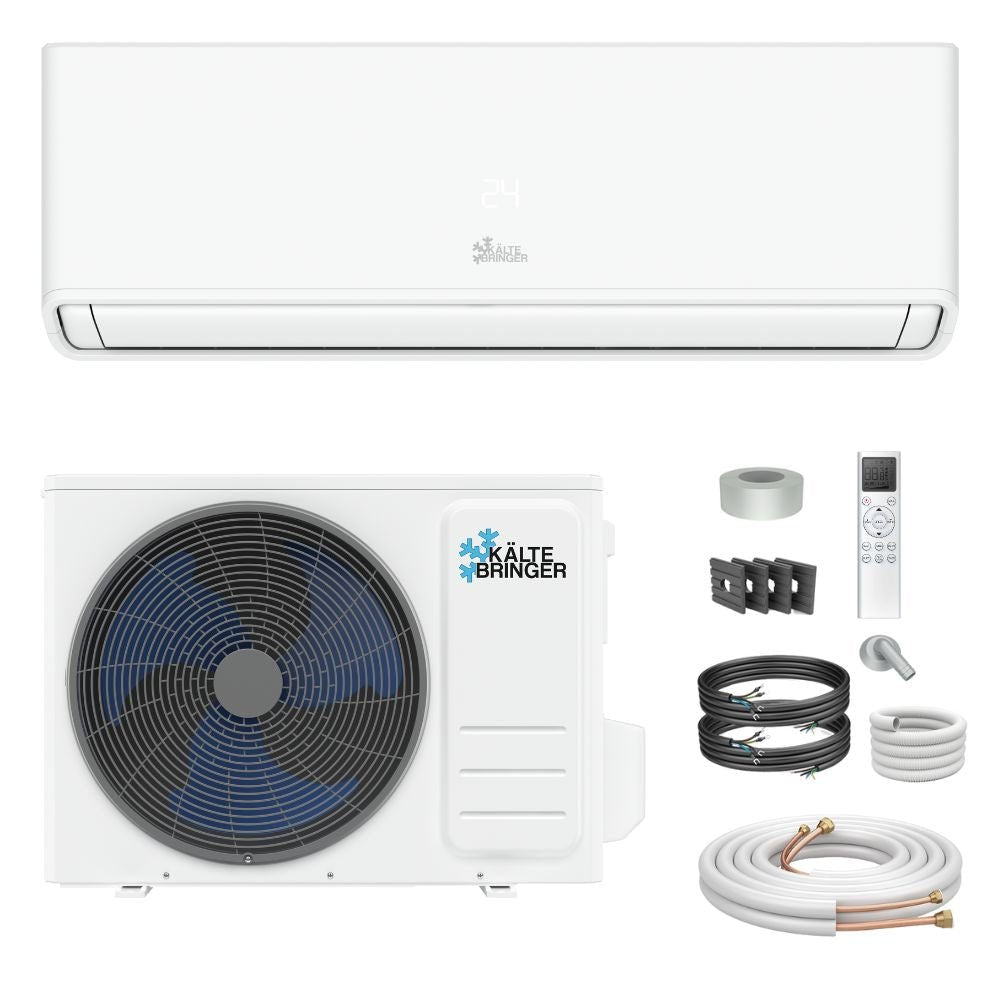Heat pumps have become very popular in recent years as they are considered to be one of the most future-proof methods of heating a home. This newfangled technology uses ambient heat to then compress it and use it for heating. Heat can be drawn from the air, from the water and also from the earth. Heat pumps are often retrofitted in existing apartments, but what is there to actually consider? We have summarized the legal requirements.
The types of heat pump briefly explained
In order to better understand the legal and structural specifications of heat pumps, we would like to briefly explain the different types of devices:
Air Water heatpump
The air-to-water heat pump uses the ambient heat in the outside air to heat the water in the heating pipes. After the warm air has been pumped, it is compressed by a coolant and helps to heat the water for the heating circuit. The air-to-water heat pump requires only a few structural changes, but in most cases it is not suitable for apartments in an apartment building.
The installation costs for an air-to-water heat pump are also relatively high, since they have to be connected to the pipes.
Brine-water heat pump
The brine-to-water heat pump is one of the most efficient heat pumps on the market. It uses heat from the ground and converts it into heat for heating. As a rule, however, a borehole of 50-350 must be drilled for this type of heat pump in order to guarantee heat all year round. If, for legal reasons, it is not allowed to drill that deep, a so-called earth register can also be used just below the surface.
A frost-proof brine is used for transport so that the heat from the ground is still warm when it arrives at the top. Hence the name of this version of a heat pump.
Due to the deep drilling, the brine-water heat pump is the most expensive type of this technology. It is particularly suitable for new buildings and large, new apartment buildings.
Air to air heat pump
This is the most common and cheapest type of heat pump. It recovers the heat from the outside air or the exhaust air from the house, compresses it with a coolant and releases it directly into the room air. So no heating circuit has to be heated first in order to use the heating energy.
The only disadvantage: If the outside temperature is too cold, there is not enough heat in the air to heat an apartment on its own. In these particularly cold days, the permanently installed heating system has to be used again.
Heat pumps are often installed in split air conditioning systems. The systems from Kältebringer also use an air-to-air heat pump to keep a room warm even in winter. Only minor structural changes need to be made to install the system, so that it can also be used in many apartments.
Legal requirements – this has to be observed
Air-to-water heat pumps can usually be installed without a permit. However, as is so often the case, there are regional or structural exceptions, such as listed houses or in very densely built-up areas. In advance, it should be clarified with the responsible municipality whether an installation violates applicable law.
In addition, care should be taken not to place the outdoor unit too close to its nearest neighbor. The suction creates a background noise that can possibly be annoying. Cool air conditioners with heat pumps generally run very quietly, but they are not completely silent.
Brine-to-water heat pumps also do not require a permit until the bore comes into contact with the groundwater. All heat pumps that use flat, ring trench and surface collectors can therefore be installed without a permit. Only the drilling and the associated "intervention in the ground" must be registered according to the Bundberggesetz. Since this task is taken over by the commissioned company in most cases, you as the client do not have to do anything else.
After installation, you must inform the administrative authority immediately if there is any damage to the heating circuit of the heat pump. Furthermore, the plant must then be shut down and the authorities will inform you about the next steps. You should therefore have an interim solution for heating ready if an incident occurs.
In water, nature and landscape protection areas, the requirements are stricter. Here, the collectors of the heat pump may only be installed up to a maximum of five meters underground in order to avoid contact with the groundwater. Some regions and districts even ban heat pumps completely. You can get the information on this from your responsible building authority.
Split air conditioning systems from Kältebringer and the air-to-air heat pump integrated into them can also be set up without permission in 90 percent of cases. However, there are districts, especially in southern Germany, that have their own regulations for these devices. Especially in Bavaria, the installation is sometimes rejected if the devices disturb the image of the neighborhood too much.
Here, too, we recommend contacting the responsible municipality before purchasing. To clear up any ambiguity. In most cases, it is possible to install a Kältebringer split air conditioning system without any problems.
The only legal requirement that can still stand in the way of installing a split air conditioning system with a heat pump occurs in rented apartments. Here your landlord can prohibit the structural changes, i.e. the hole in the outer wall, which are necessary for installing the air conditioning system. In this case, as a tenant, you unfortunately have no way of taking action against it. However, many landlords agree to the installation of an air-to-air heat pump, as this also reduces the heating costs in the apartment.
Conclusion: This is what a heat pump needs
The heat pump is one of the most climate-friendly methods of heating a house or apartment. Since the federal government also knows this, it tries to keep the hurdles for installation low. Most of the heat pumps that are installed on one's own residential property therefore still do not require a permit and can be easily installed. Only those who live in a protected area, have close neighbors or live for rent should find out about all legal requirements in advance.
In many cases, the drilling or heating installation company takes care of all the formalities with the authorities, so that you can fully concentrate on your new heating system. With the right structural requirements, nothing stands in the way of installing a heat pump!
Tip: You can find many other articles on the subject of heat pumps and renewable energies on our website under the Advice menu item.
(Note: No legal or tax advice)


